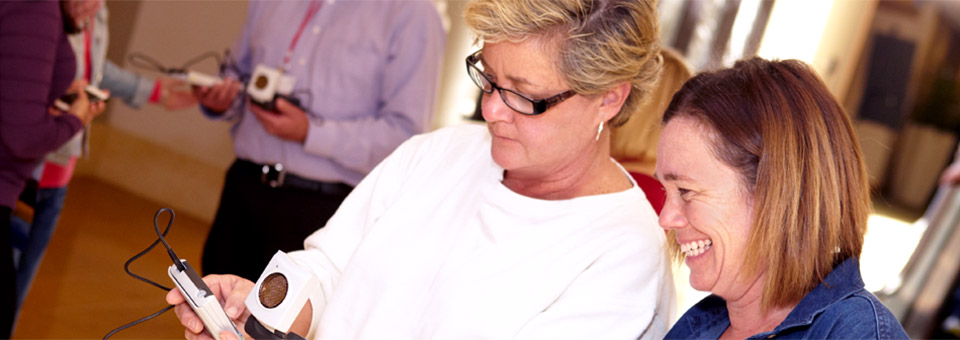
Exchanges between European TI-Nspire™ Communities
Berlin, May 16-18 2008
A rapidly increasing number of schools are embracing multi-representation technologies such as TI-Nspire™. This enables them to further individualize their teaching approaches, better fitting the specific needs of single students. Real world problems are getting more accessible in math and science classes. Learning documents allow educators to prepare their lessons differently and to provide their students with new form of self-paced learning aids. Classrooms can be managed wirelessly and new options of formative assessment are being evaluated.
Agenda highlights
- Multi-representations in TI-Nspire™ and TI-Navigator™ environments
- Using technology to assess mathematics: threat or treat?
- New ideas and concepts of teaching quadratic functions and equations
- Modelling from real world problems • Introducing a computer algebra system in mathematics education – empirical evidence from Thuringia
- Developing multimedia tools for the teaching of mathematics
- A framework for creating TI-Nspire™ electronic learning documents: the action-consequence principle
- Characteristics in the instrumentation process of TI-Nspire™ documents for the presentation by students of a problem’s study.
- Propose research problems in a class and focus on the learning of the students, promoted (or not) by the tool
- The Yin & Yang of Teaching and Learning Mathematics
- Programming as a topic in the mathematics curriculum
- Geometrical thinking; Developing thinking in Calculus; Statistical & stochastic thinking; Algebraic thinking; Developing thinking in Sciences
- TI-Nspire™ & TI-Navigator™ promoting communications in mathematics • Classroom Management
- Pedagogical Maps for Describing Teaching with Technology
